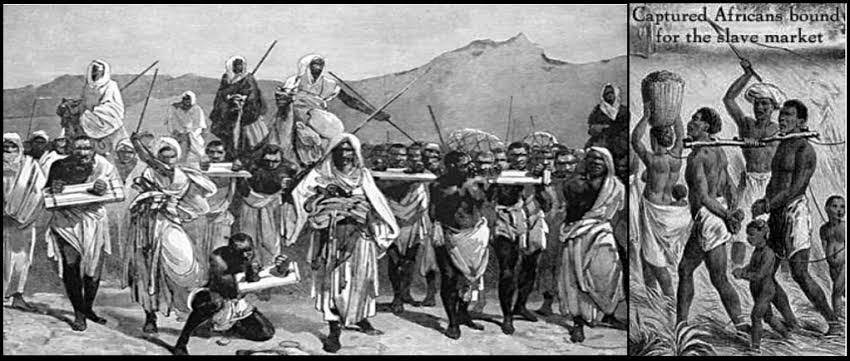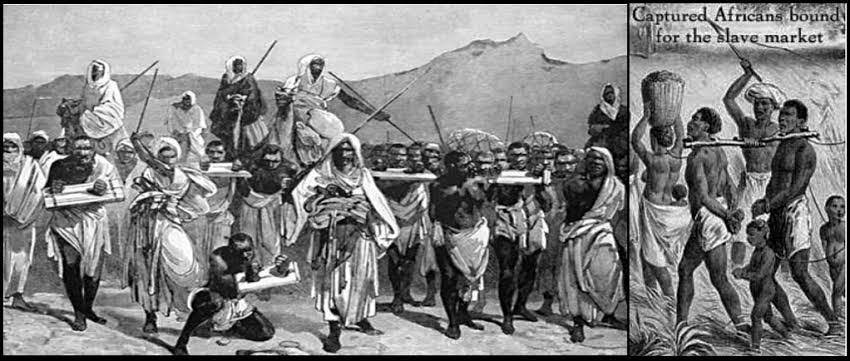The Sokoto Caliphate (1804-1903) is a significant part of West African history, and it deserves more attention. So, let’s dive into this fascinating era that shaped the region’s socio-political landscape. We’ll explore its origins, rise, governance, and eventual fall, and we’ll also highlight key locations and notable figures. Stick around till the end for a handy FAQ section and a neat conclusion to wrap things up.
Origins of the Sokoto Caliphate

The story of the Sokoto Caliphate (1804-1903) begins with a man named Usman dan Fodio. Born in 1754 in Gobir, Usman was a well-respected Islamic scholar who became increasingly frustrated with the corrupt practices of the local rulers and their neglect of Islamic teachings. This dissatisfaction set the stage for a revolution.
The Jihad: Usman dan Fodio’s Holy War
In 1804, Usman dan Fodio declared a jihad (holy war) against the Hausa kingdoms. His call for reform quickly gained traction, attracting support from various Hausa states disillusioned by their rulers. The jihad was not just a military campaign; it was a religious and social movement aimed at purifying Islam in the region.
Rise of the Sokoto Caliphate
After several battles and significant victories, Usman dan Fodio established the Sokoto Caliphate in 1809. The caliphate, centered in Sokoto, became a beacon of Islamic governance and education in West Africa. Usman dan Fodio didn’t just stop at conquering; he implemented administrative reforms that emphasized justice, education, and religious piety.
Governance and Administration

The Sokoto Caliphate (1804-1903) was characterized by a decentralized form of governance. It was divided into emirates, each led by an emir who had considerable autonomy but was still under the caliph’s authority. This system allowed for efficient local governance while maintaining overall unity. The caliphate’s administration was deeply rooted in Islamic principles, and Sharia law was the foundation of its legal system.
Economic and Social Structure
Economically, the Sokoto Caliphate was vibrant. Agriculture was the backbone of the economy, with crops like millet, sorghum, and rice being staples. The caliphate was also known for its trade networks that extended across West Africa and even into North Africa. This economic prosperity supported a thriving social structure where education, particularly Islamic education, flourished.
Key Locations in the Sokoto Caliphate
- Sokoto: The heart of the caliphate, where the caliph resided.
- Gwandu: An important emirate and administrative center.
- Kano: A major commercial hub known for its vibrant markets.
- Zaria: Another significant emirate with a strong military presence.
- Katsina: Renowned for its Islamic scholarship and education.
Challenges and Conflicts
The Sokoto Caliphate (1804-1903) was not without its challenges. Internal conflicts occasionally flared up as emirs vied for power. Additionally, the caliphate faced external threats from neighboring states and European colonial powers. These challenges, however, did not significantly undermine the caliphate’s stability until the late 19th century.
The Fall of the Sokoto Caliphate
The end of the Sokoto Caliphate came with the advent of European colonialism. The British, driven by their imperial ambitions, targeted the caliphate in their quest to control the region. After a series of military confrontations, the British finally defeated the Sokoto forces in 1903. The caliphate was absorbed into the British protectorate, marking the end of its sovereignty.
Legacy of the Sokoto Caliphate
Even though the Sokoto Caliphate (1804-1903) ceased to exist as a political entity, its legacy lives on. The caliphate’s emphasis on Islamic education and governance left a lasting impact on the region. Many of the administrative and educational reforms introduced by Usman dan Fodio and his successors continue to influence contemporary West African society.
Notable Figures of the Sokoto Caliphate
- Usman dan Fodio: The founder and first caliph, a visionary leader who combined military prowess with religious scholarship.
- Muhammadu Bello: Usman dan Fodio’s son and successor, who expanded and consolidated the caliphate.
- Nana Asma’u: Usman dan Fodio’s daughter, a renowned poet and scholar who played a crucial role in educating women.
Conclusion
The Sokoto Caliphate (1804-1903) was more than just a political entity; it was a transformative force in West African history. Its emphasis on justice, education, and Islamic principles set it apart from many of its contemporaries. While its political power waned with the advent of European colonialism, its cultural and religious influence remains significant to this day.
Frequently Asked Questions
1. What was the Sokoto Caliphate?
The Sokoto Caliphate (1804-1903) was an Islamic state in West Africa founded by Usman dan Fodio following a successful jihad against the Hausa kingdoms.
2. Who founded the Sokoto Caliphate?
Usman dan Fodio, a prominent Islamic scholar and reformer, founded the caliphate in 1804.
3. Where was the Sokoto Caliphate located?
The caliphate was located in present-day northern Nigeria, with its capital in Sokoto.
4. How long did the Sokoto Caliphate last?
The caliphate lasted from 1804 until 1903, when it was incorporated into the British protectorate.
5. What was the main religion of the Sokoto Caliphate?
Islam was the main religion, and Sharia law was the foundation of its legal system.
6. What were the key economic activities in the Sokoto Caliphate?
Agriculture and trade were the main economic activities, with extensive trade networks across West Africa.
7. What led to the fall of the Sokoto Caliphate?
The caliphate fell due to British colonial expansion and military defeat in 1903.
That wraps up our exploration of the Sokoto Caliphate (1804-1903)! It’s a tale of ambition, faith, and resilience that still resonates today. If you have any more questions or thoughts, feel free to dive into the FAQ or drop a comment below.

